Saint-Jacque’s Way in Asturias: the mysterious church of San Juan de Amandi

Part of the Saint-Jacque's Way in Asturias, is developed by the attractive and prolific region of Villaviciosa. One of the stops, obligatory and located in the city center of this beautiful city located on the banks of the Ria that bears his name, is in the church of Nª Sª de la Oliva, where interesting symbolic elements are located, among which , well visible on its front, the six-pointed star or seal of Solomon.
We must not forget, of course, other places of interest, such as Santa María de Lugás (or Llugás), which still preserves the old pilgrims' hospital and a no less interesting symbology; San Xulián de Viñón, where, of course, there are hardly any traces of its original pre-Romanesque origins.
El Conventín, or what is the same, San Salvador de Valdedios and next to it, another jewel that combines austerity and symbolism (including the six-pointed star or seal of Solomon, inside) as is the Cistercian monastery of Santa María and of course, the church of San Juan, in a town whose name still remembers oriental parallels long warned by researchers: Amandi.
Amandi is a small town that sits just two kilometers away from Villaviciosa.
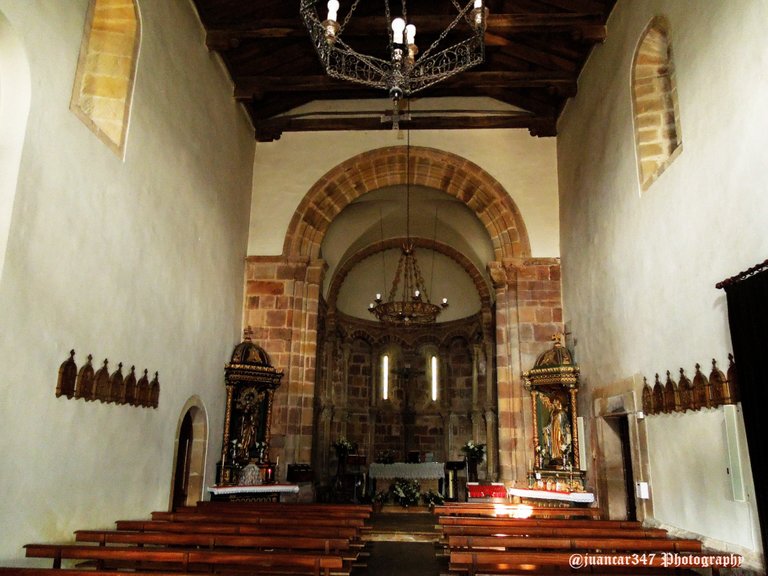
The church of San Juan, despite the renovations made throughout its long history - like the porch, characteristic in numerous Asturian churches - still retains a good part of its original Romanesque origins, among whose symbolism, interesting where there are, we find elements located in other interesting nuclei of worship and devotion, both close -the already mentioned Santa María de la Oliva, for example- and well away from the place.
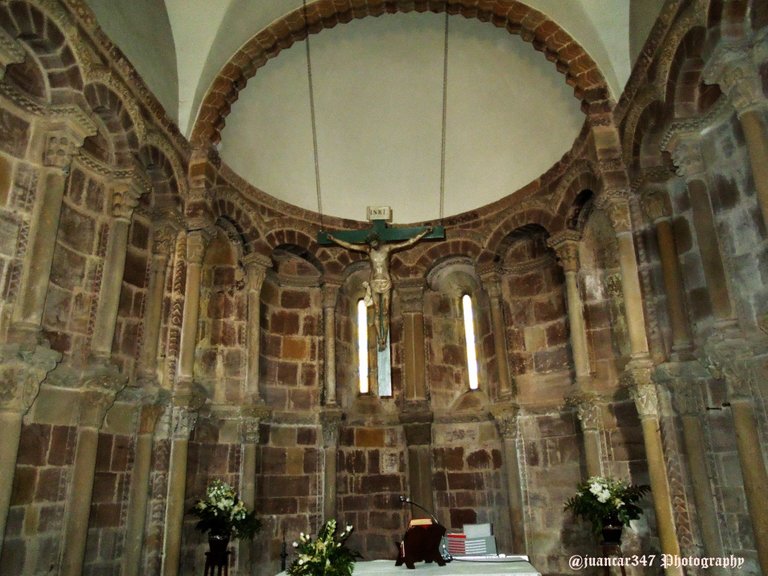
Another example of this is found in the photo that illustrates this entry and that, of course, I have not chosen at random: the wolf's head. Its presence and similarity with another absidal capital located in one of the most mysterious and unequivocal pilgrim devotion churches - San Pantaleón de Losa, in the Burgos Merindades - may be a significant detail, if not, a possible link yet to be determined, but which, hypothetically speaking, suggests not only an element related to the brotherhoods, but also a possible allusion to pre-Christian cults of which, without a doubt, Asturias was prolific in the past, and also those other regions, where beyond the first Conatos of colonization, before and during the Reconquest, the kingdom of Castile began to take shape.
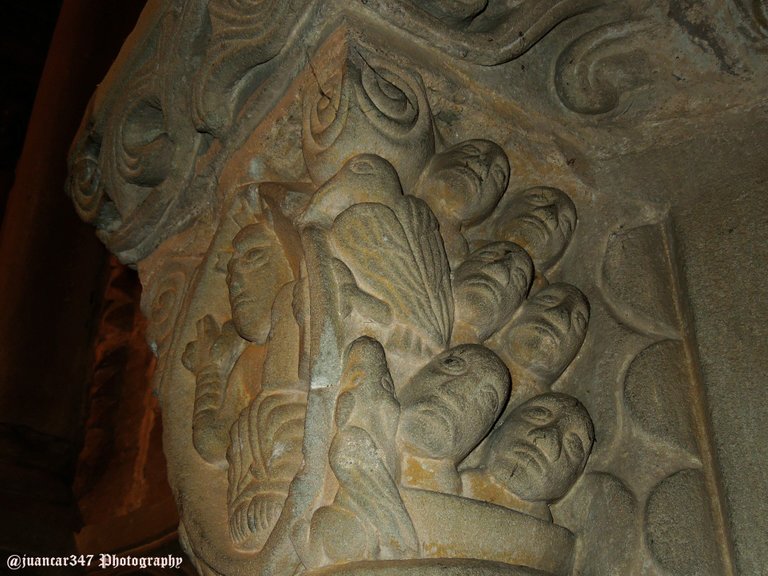
Continuing with the common links, that this case possibly define the trajectory of an unknown but special guild of stonecutters, perhaps protected by some powerful order of cavalry, it is striking, precisely, that this church shares general characteristics with the aforementioned church of Santa María de Lugás, as well as, with a curious, enigmatic and splendid hermitage located in the neighboring council of Siero: San Vicente de Aramil or de the Knights. I mean its main cover, and the no less curious Norman birds that make it up.
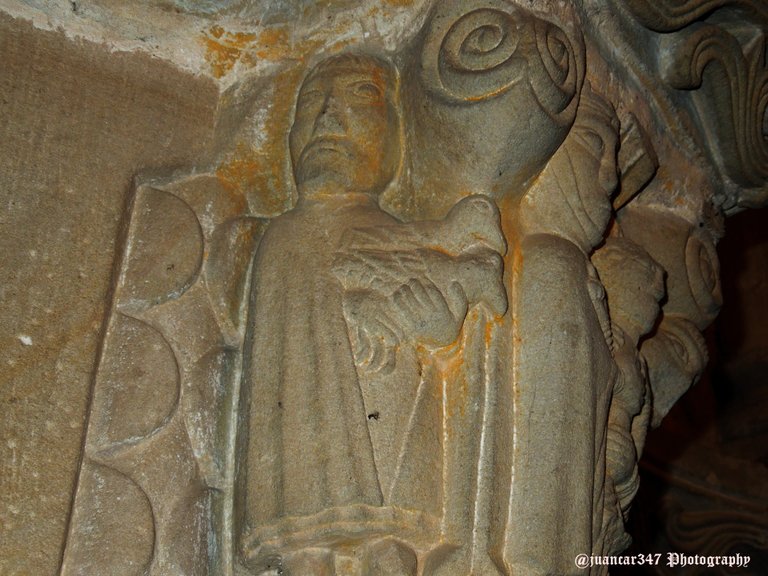
An attentive glance does not cease to be an opportune occasion, of course, to glimpse, in those faces that make us think - figuratively speaking, of course - in the villagers of the legends, another unequivocal symbol related to the Way of the Stars and one of its More esoteric messages: the goose leg.
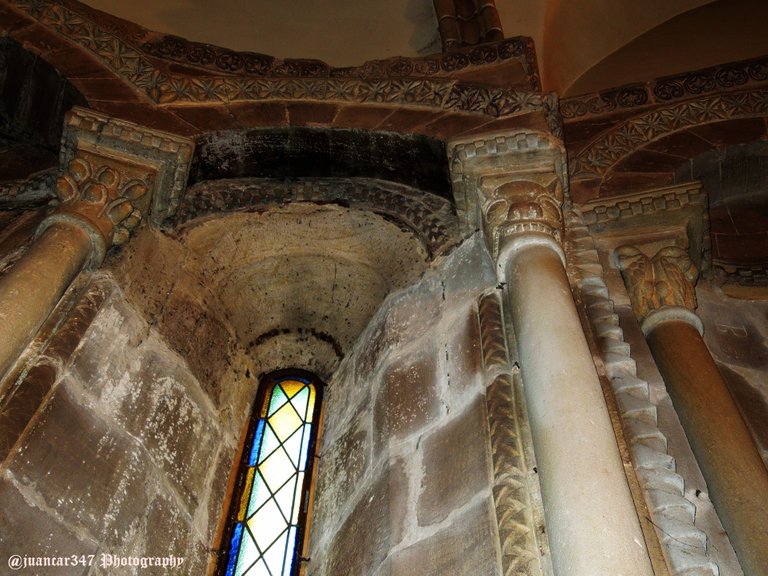
Another interesting fact, and coincident between the church of Aramil and Santa María de Lugás, is found in the symbolic presence - also referred to the capitals - of some no less enigmatic characters, whose presence is also true, is located in numerous Romanesque churches , not being unknown, at all, in later artistic styles: the so-called green men.
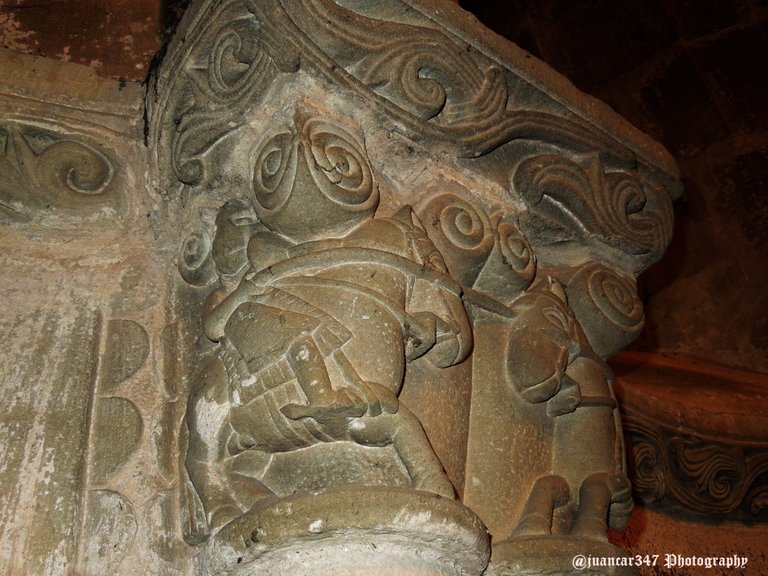
The surprises continue, and return again to San Juan de Amandi, referring to the figurative content present in his apse - without forgetting the outer ara located a few meters (1) - where you can see the presence of some interesting gentlemen, dressed with suspects layers or clamids.
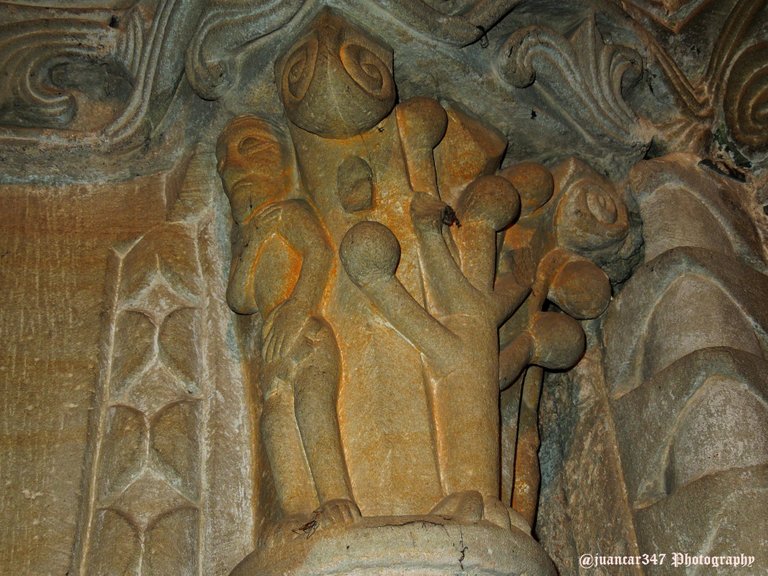
Curling the curl, I will add, the curious thing - when not disconcerting - that proves its presence in duplicate; that is, they are located in two capitals attached to the windows.
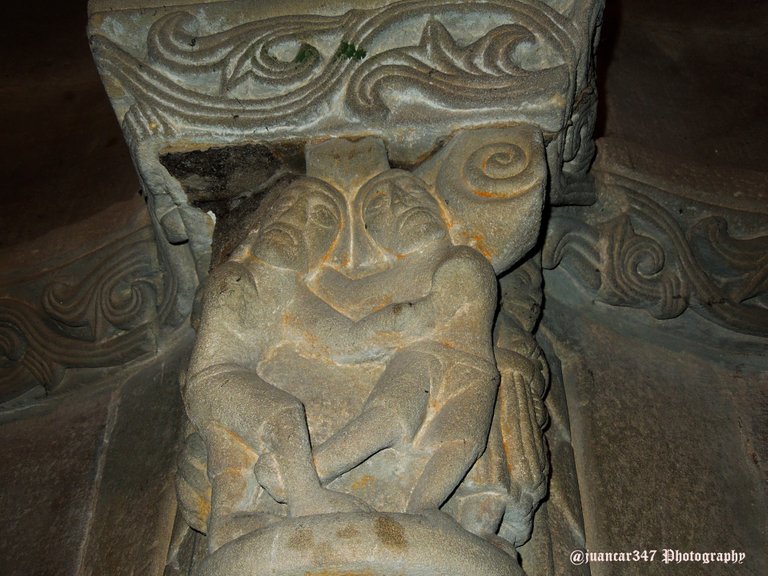
Primordial symbols, initiatory paths, cavalry orders, hidden messages in the stones, alchemy, astrology and numerous enigmas make up, at least, the basic ingredients of a magical itinerary that, as we will see in later entries, leads to the Mundi ovetense axis of the San Salvador Cathedral.
Notes, References and Bibliography:
(1) I could not say for sure in the case of this one of St. John of Amandi, but I can certify the presence of Celtic sands in churches of the Principality, although conveniently concealed and some cast an eye on Culture and Heritage. The best case I know is in Santolaya, council of Morcín, inside its church dedicated to Santa Eulalia de Mérida.
NOTICE: Originally published in my blog ROMÁNICA, ENIGMAS DEL ROMÁNICO ESPAÑOL. Both the text and the accompanying photographs are my exclusive intellectual property. The original entry, where you can verify the authorship of juancar347, can be found at the following address: http://juancar347-romanica.blogspot.com/2011/11/camino-de-santiago-asturiano-san-juan.html
.jpg)
View this post on TravelFeed for the best experience.
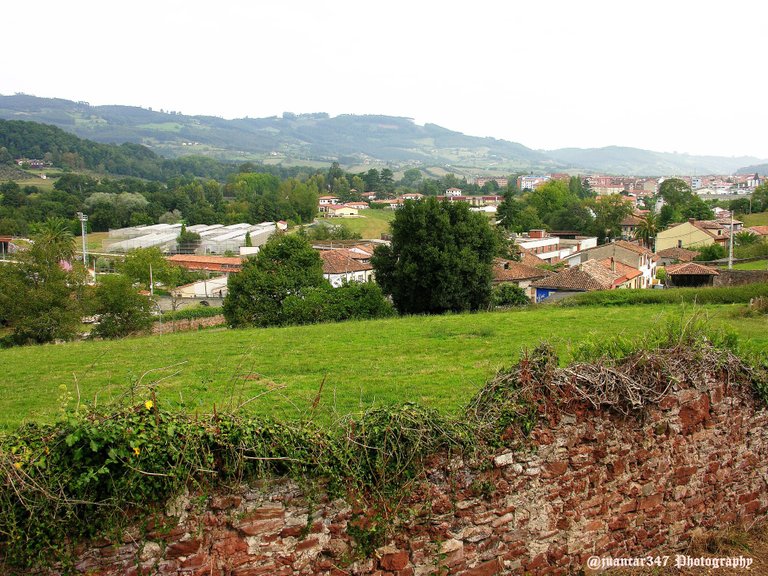
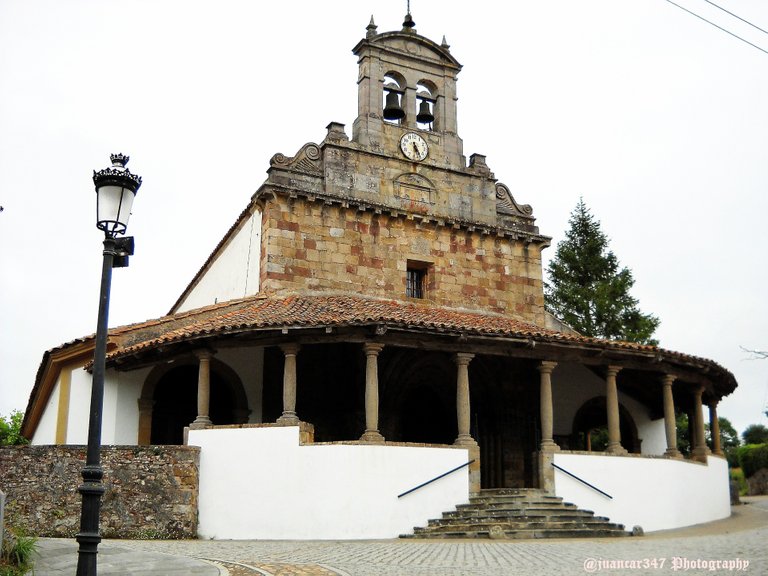

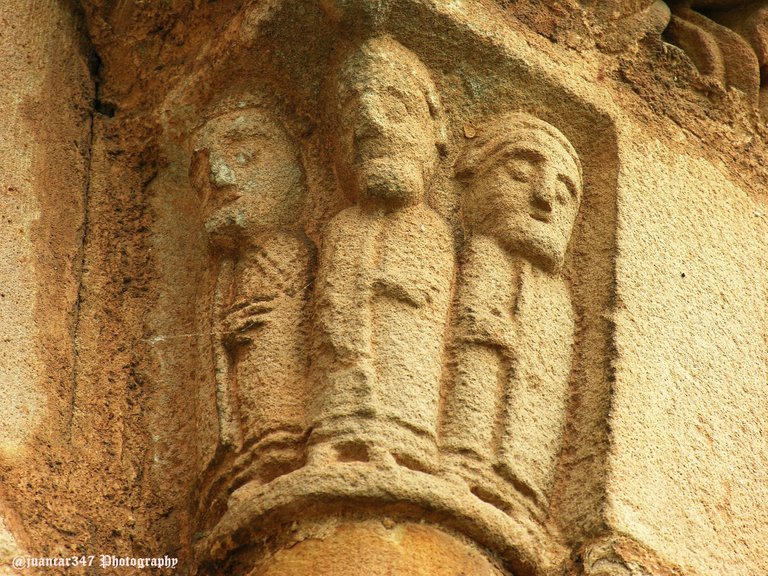
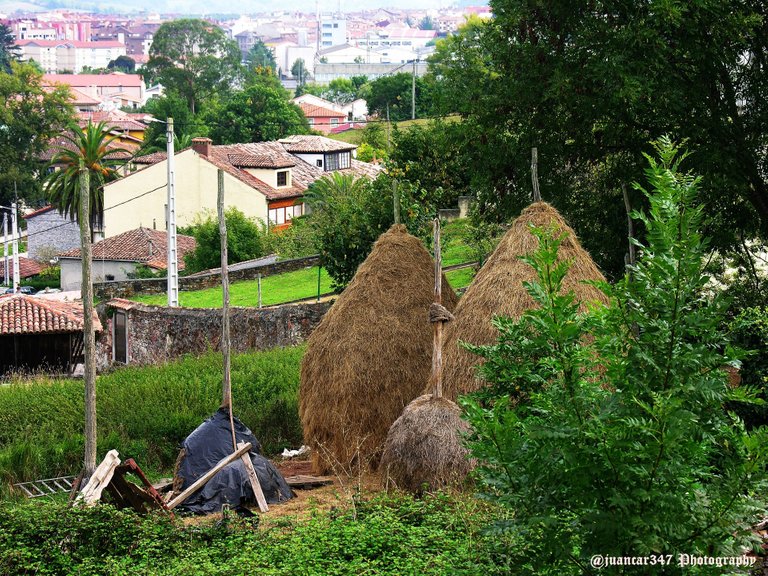

Congratulations, Your Post Has Been Added To The Steemit Worldmap!
Author link: http://steemitworldmap.com?author=juancar347
Post link: http://steemitworldmap.com?post=saint-jacque-s-way-in-asturias-the-mysterious-church-of-san-juan-de-amandi
Want to have your post on the map too?
Thank-you very much
This post has been rewarded with an upvote from city trail as part of Neoxian City Curation program
 . We are glad to see you using #neoxian tag in your posts. If you still not in our discord, you can join our Discord Server for more goodies and giveaways.
. We are glad to see you using #neoxian tag in your posts. If you still not in our discord, you can join our Discord Server for more goodies and giveaways.
Do you know that you can earn NEOXAG tokens as passive income by delegating to @neoxiancityvb. Here are some handy links for delegations: 100SP, 250SP, 500SP, 1000SP. Read more about the bot in this post. Note: The liquid neoxag reward of this comment will be burned and stake will be used for curation.
Thank-you very much